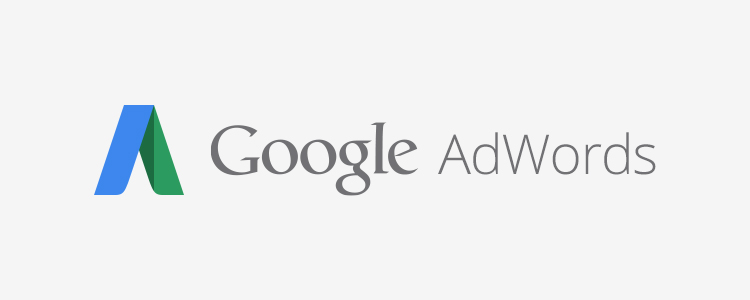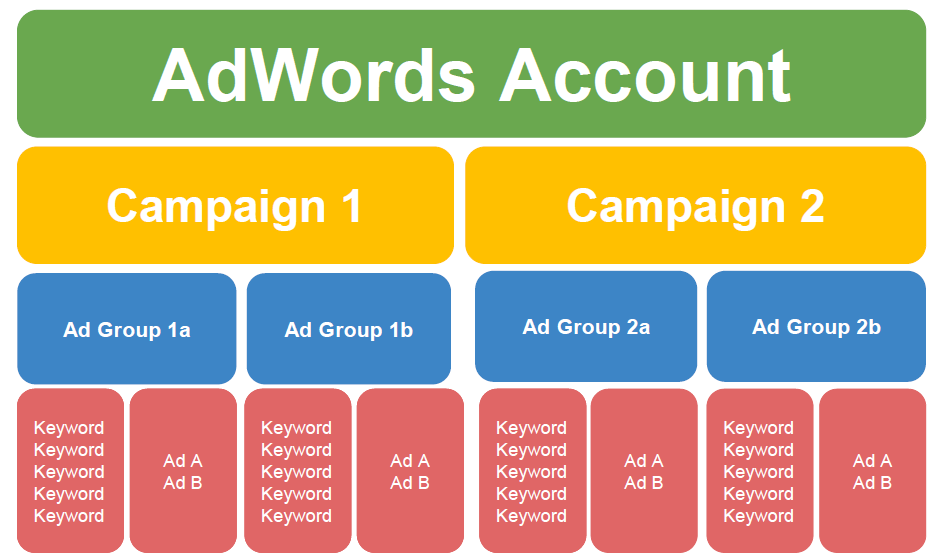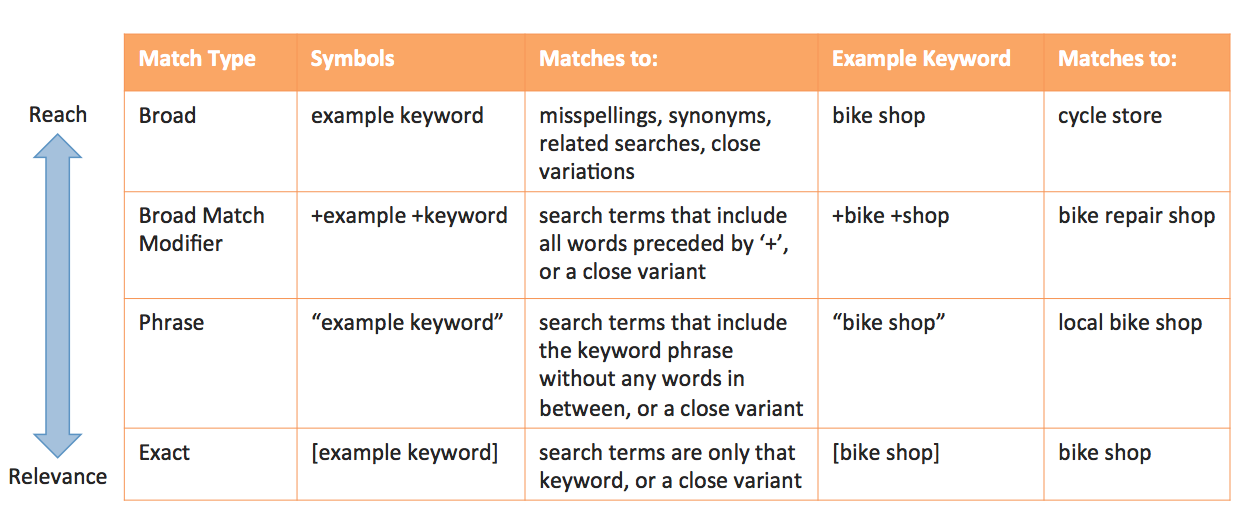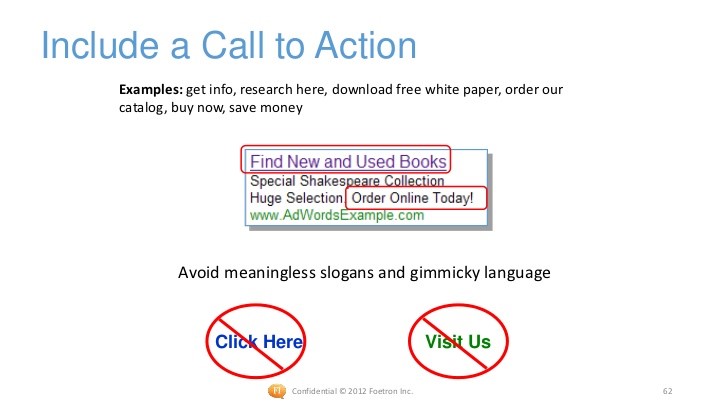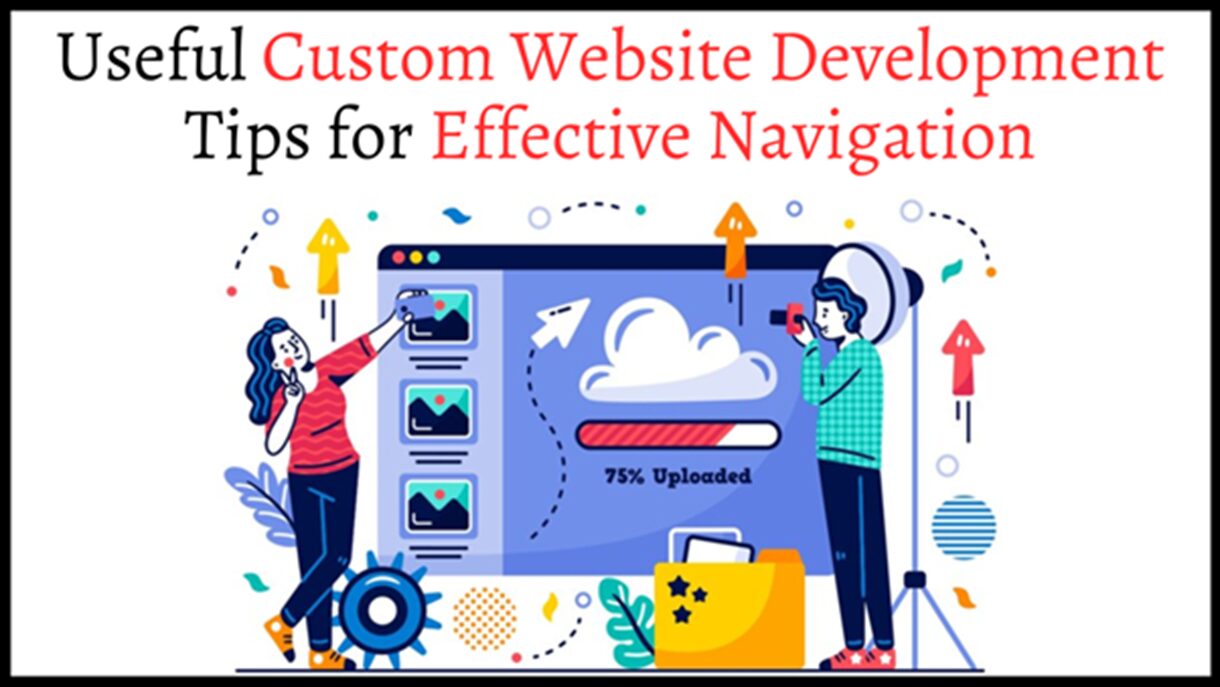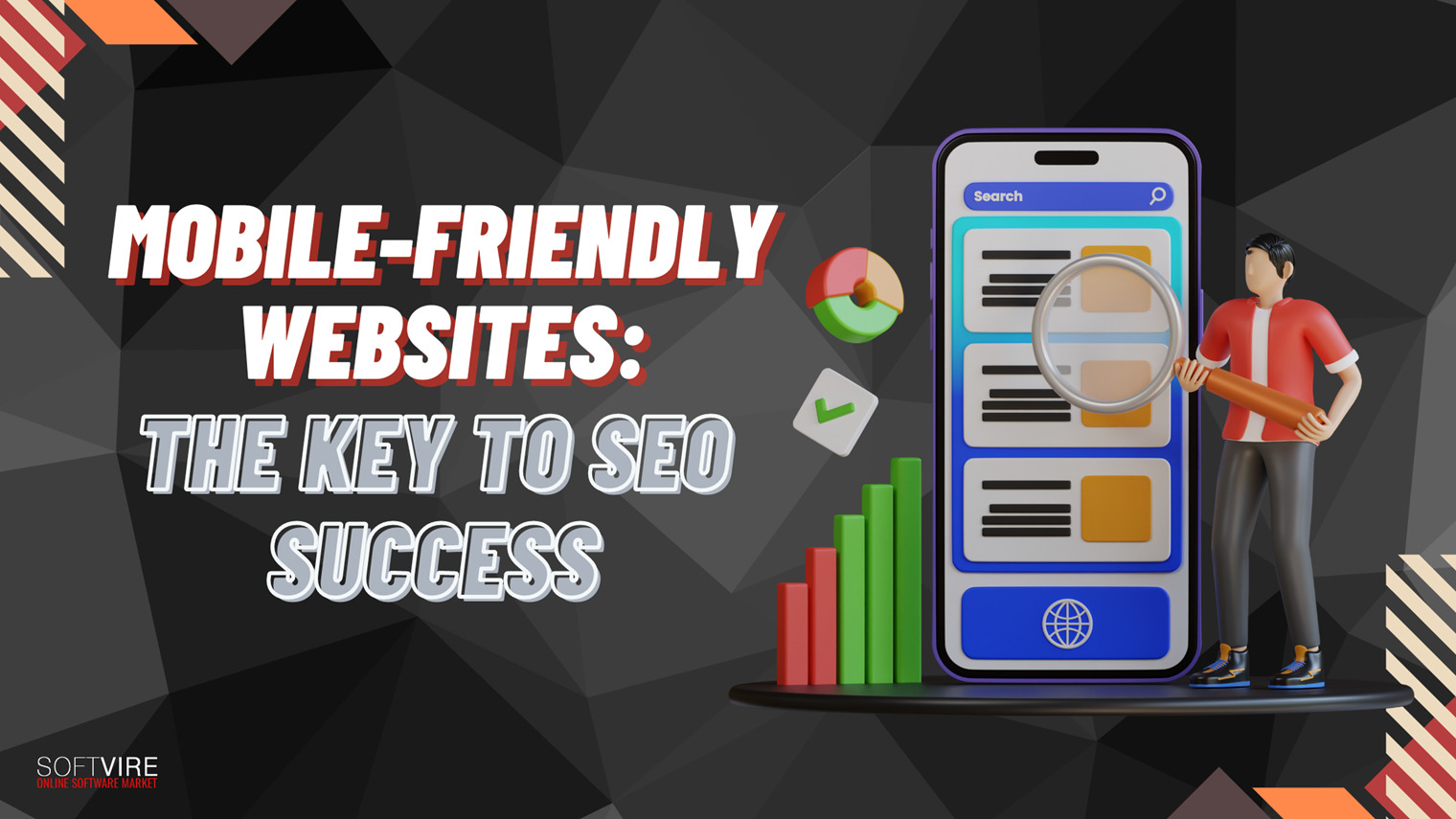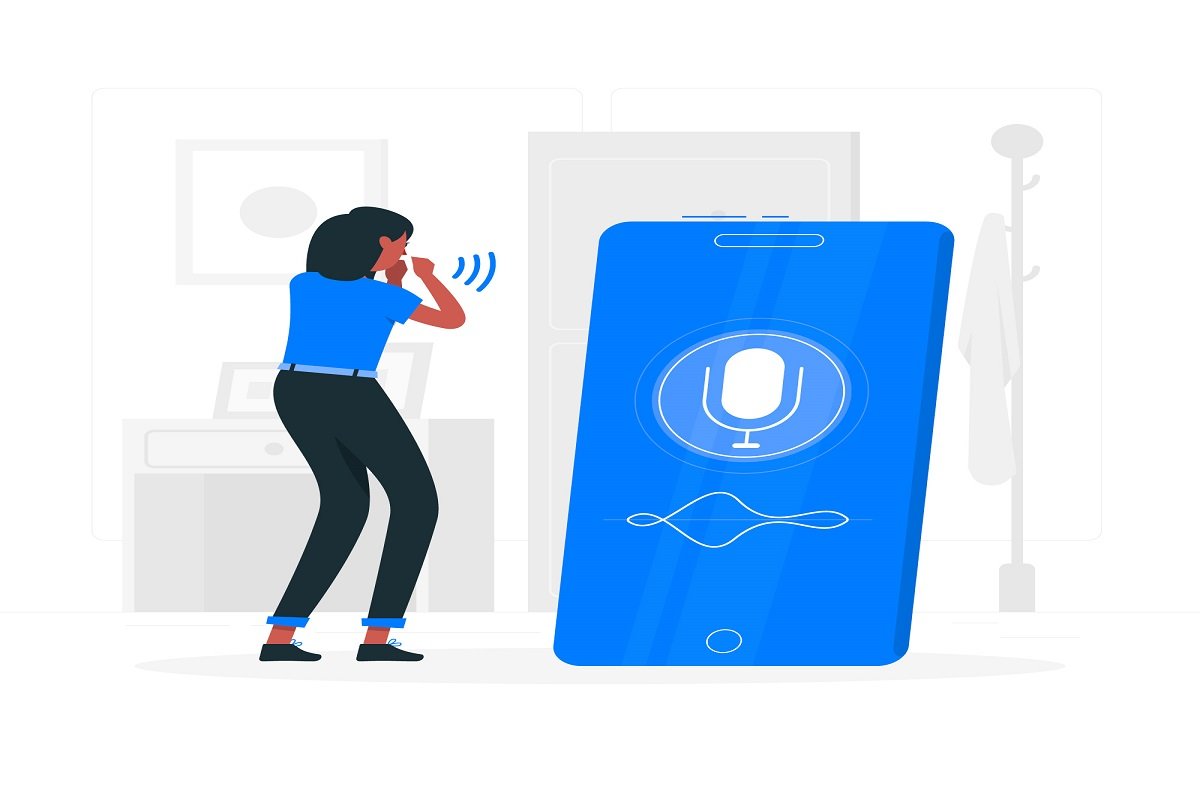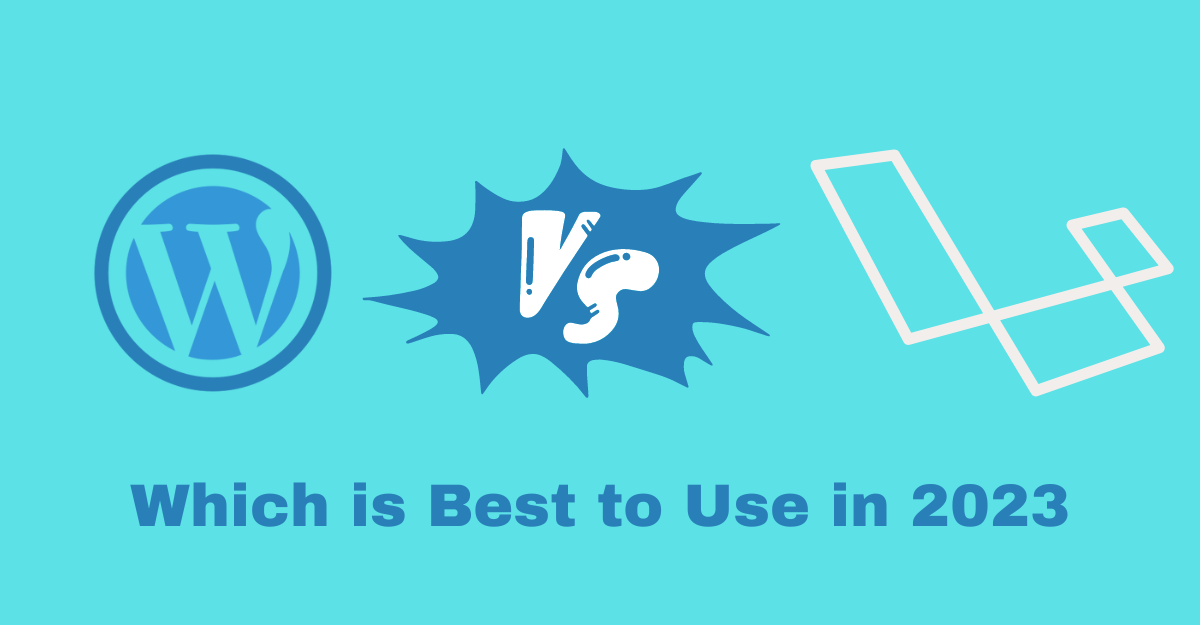
Definitive Guide to Google’s Quality Score and Optimization Techniques
8 minutes | Word Count: 1475Now Google AdWords has incorporated more information to the metrics of its Quality Score. This is a great news for marketers, because it means that we can know more about what works and what does not in our account and use it for ad optimization. So, today I want to return to this topic to see what we know about the new metrics of the Quality Score and how we can use them to succeed in AdWords.
The basics of Quality Score in Google AdWords
The Quality Score is a Google AdWords metric that is used to measure the quality of an advertisement, understood as the interest of an advertisement for its target audience. The final goal is that the ads have the highest possible quality, so the system rewards ads with more Quality Score through a series of advantages:
- Better costs per click. The higher the quality level of an ad, the cheaper it becomes. In this way, Google AdWords encourages advertisers to strive to improve the level of quality and users are more satisfied.
- More impressions. Logically, if the cost per click is lower, the advertiser can get more clicks with the same budget.
- Greater impact. It is also a logical consequence of the previous point: the more times you see an ad; the more results you will get.
- Improvement of the brand image. Ads with a good Quality Score are usually well positioned. This unconsciously influences the consumer, which associates high positioning with good quality. In addition, the mere fact of having careful and optimized ads also influences their impression.
I would highly recommend to have a professional banner ad design for your business to increase user’s attraction and the possibility of getting conversion from them.
The level of quality in Google AdWords is composed of three main elements:
- The expected clickthrough rate: that is, the likelihood that users will click on the ad when they are shown. This percentage is calculated independently from other factors, such as ad position or extensions. In short, here the potential of the advertisement is measured to awaken the interest of the users. To calculate it, Google AdWords starts based on estimates, but then relies on the history of the account itself. So it is a whiting that bites its tail.
- The relevance of the ad: in a good AdWords account, keywords and ads are intimately related. When there is more relationship between keyword and ad, more relevant will be considered by AdWords.
- The experience of the landing page: at this point, AdWords goes beyond the optimization of ads to consider what happens next. A good landing page is clear and easy to navigate, is closely related to the keywords, is transparent about the company and its services and makes careful management of the user’s personal data.
An important fact to understand the relevance of the Quality Score is to know how the bids are calculated in AdWords.
- The bid in AdWords is based on a pay-per-click bidding system, but that does not mean that the advertiser with the highest bid takes the risk, nor that he or she will pay the amount of the bid on each click. Instead, the bid is taken as the maximum level that the advertiser is willing to pay, but the actual amount will be the minimum necessary to win the competition.
- The level of quality, as we have seen before.
- Ad extensions. Google AdWords values very positively that advertisers use the different optional ad extensions: calls, placements, reviews, sitelinks, featured texts and applications. All of them add additional information to the advertisement, which results in a better user experience.
The new Quality Score metrics
Until a few months ago, the information that AdWords offered about the level of quality was very limited. Each of the three factors was rated as average, higher than average or below average. In turn, the ads had a global score of 1 to 10. However, all this information was grouped into a single column and had a punctual and instantaneous nature, that is, it referred only to the time of the query.
With the new column of metrics for search engine marketing, it is now possible to add each of these three factors as an independent column, which makes it easier to have them controlled at a glance. But it is also that now we also have historical information on the metrics, both the Quality Score and each of the three factors independently.
If your goal is the optimization of the ads, I strongly recommend that you spend time researching this history and trying to relate changes in the level of quality with changes in the account. For example, if in March of last year, the cost per clicks suddenly increased, now you can know if it was due to a decrease in the quality level or that at that time appeared more competition for your keywords.
Of course, when doing your analysis, you must keep in mind that there is a data that we do not know yet (and that Google may never reveal): the relative importance of each of the three “legs” of the Quality Score. The expected clickthrough rate, the relevance of the ads and the experience of the landing page are like the ingredients of a cake, but we lack the final recipe to know their quantities and how they are combined.
According to the experience of Search Engine Land, the most important factor of the three is the expected clickthrough rate. Among other reasons, the optimization of ads based on this criterion is the most lucrative for Google, so it makes sense that it is the most prevalent. In any case, my recommendation is that you do not obsess over the formulas and try to raise the quality level globally.
7 ad optimization techniques for Google AdWords
To finish, let’s review 7 techniques and ideas to make your Google AdWords account more optimized than ever.
1 # Use the extensions. If there is a trick that is easy to implement and capable of generating immediate results, this is it. As we have seen, extensions are one of the key factors in determining which ad wins a bid and how much you pay for it. In addition, they are very easy to implement and will help you to be more informed about your products and services, so you have no excuse. I highly recommend that you use the expanded text format, as it allows you to enter up to 50% more text.
2 # Organize your account. As soon as you have several products or services to promote, the structure of your account can end up being an absolute chaos. It’s time to put order! To improve your Quality Score and the performance of your account in general, it is better to have small and well-focused ad groups, with only a handful of keywords in each.
3 # Use concordances well. AdWords has four different matches for ads: broad, modified broad, phrase, and exact. Depending on which one we choose, the search engine will be more or less strict when deciding which searches make the ads show and which ones do not. Normally, the broad one is usually not recommended, since it causes you to end up “filtering” many searches that are not necessarily relevant to your brand. On the other hand, we have the negative agreement, that is, the keywords that prevent the ads from showing. It is worth paying attention to them to filter out possible non-related searches.
4 # A/ B testing. Not sure what title works best for your ad? This keyword, or better the other? The solution to your doubts is to test both versions in a “scientific” way through the A / B tests. So you can compare results and stay with the one that works best for your ad optimization.
5 # Includes calls to action in your ads. As simple as it is effective: make it clear to the user that you want them to click and why. This little detail may be the impulse that will finally lead you to visit you. And you know that the higher the percentage of clicks, the higher the level of quality.
6 # Improve your landing page. Although not as relevant as the expected clickthrough rate, the experience on the landing page is also one of the “legs” of the Quality Score, so you have to optimize it. In addition to taking care of texts and images, I recommend that you pay special attention to loading times and mobile optimization. So having a well-structured and attractive landing page design is a must.
7 # Be patient. Our mothers already said it: experience is the mother of science … and acquiring experience in AdWords can be a slow process. You already know that the history of the account influences the level of quality, so focus on improving your results little by little and never stop optimizing.

